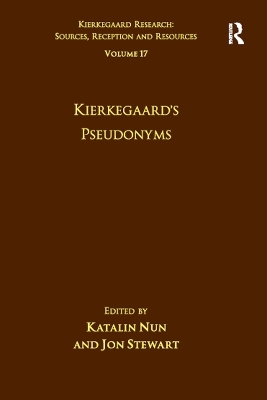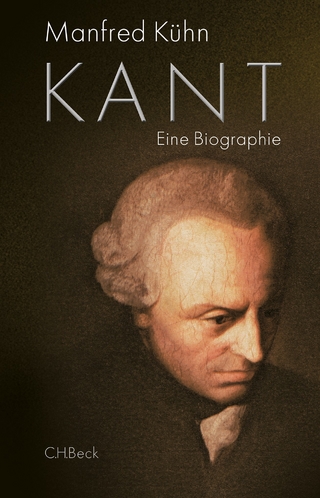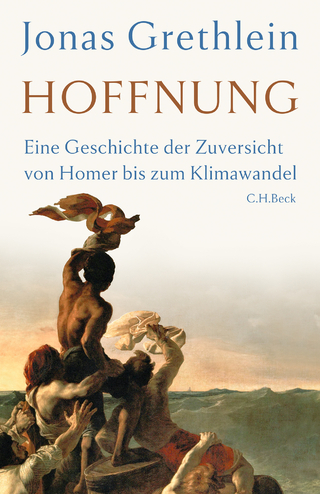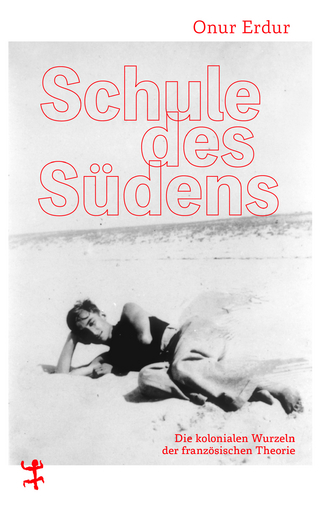
Volume 17: Kierkegaard's Pseudonyms
Routledge (Verlag)
978-1-032-09864-7 (ISBN)
One of the elements that many readers admire in Kierkegaard’s skill as a writer is his ability to create different voices and perspectives in his works. Instead of unilaterally presenting clear-cut doctrines and theses, he confronts the reader with a range of personalities and figures who all espouse different views. One important aspect of this play of perspectives is Kierkegaard’s controversial use of pseudonyms. The present volume is dedicated to exploring the different pseudonyms and authorial voices in Kierkegaard’s writing. The articles featured here try to explore each pseudonymous author as a literary figure and to explain what kind of a person is at issue in each of the pseudonymous works. The hope is that by taking seriously each of these figures as individuals, we will be able to gain new insights into the texts which they are ostensibly responsible for.
Katalin Nun and Jon Stewart are both based in the Kierkegaard Research Centre at the University of Copenhagen, Denmark.
Contents: Preface; ‘A’ the aesthete: aestheticism and the limits of philosophy, Ryan Kemp; A, B, and A. F…: Kierkegaard’s use of anonyms, Joseph Westfall; Anti-Climacus: Kierkegaard’s ‘servant of the word’, Jakub Marek; Constantin Constantius: the activity of a travelling esthetician and how he still happened to pay for the dinner, Gabriel Guedes Rossatti; Frater Taciturnus: the two lives of the silent brother, Wojciech Kaftanski and Gabriel Guedes Rossatti; H.H.: a guerrilla writer after theologians…and more, Paul Martens; Hilarius Bookbinder: the realm of truth and the world of books, Elisabete M. de Sousa; Inter et inter: between actress and critic, Joseph Westfall; Johannes Climacus: humorist, dialectician, and gadfly, Lee C. Barrett; Johannes de silentio: religious poet or faithless aesthete? Ryan Kemp; Johannes the Seducer: the aesthete par excellence or on the way to ethics?, Nathaniel Kramer; Judge William: the limits of the ethical, Patricia C. Dip; Nicolaus Notabene: Kierkegaard’s satirical mask, Nassim Bravo Jordán; The one still living: life-view, nihilism, and religious experience, Matthew Brake; Petrus Minor: a lowly and insignificant ministering critic, Thomas J. Millay; Quidam: earnest for ten minutes a week, Mariana Alessandri; Victor Eremita: a diplomatic yet abstruse editor, Joaquim Hernandez-Dispaux; Vigilius Haufniensis: psychological sleuth, anxious author, and inadvertent evangelist, Lee C. Barrett; William Afham: the line by which an ape may become an apostle, Mariana Alessandri; Young man: voice of naïveté, Jochen Schmidt; Indexes.
| Erscheinungsdatum | 01.07.2021 |
|---|---|
| Reihe/Serie | Kierkegaard Research: Sources, Reception and Resources |
| Verlagsort | London |
| Sprache | englisch |
| Maße | 156 x 234 mm |
| Gewicht | 635 g |
| Themenwelt | Geisteswissenschaften ► Philosophie ► Geschichte der Philosophie |
| Geisteswissenschaften ► Philosophie ► Philosophie der Neuzeit | |
| ISBN-10 | 1-032-09864-3 / 1032098643 |
| ISBN-13 | 978-1-032-09864-7 / 9781032098647 |
| Zustand | Neuware |
| Informationen gemäß Produktsicherheitsverordnung (GPSR) | |
| Haben Sie eine Frage zum Produkt? |
aus dem Bereich


